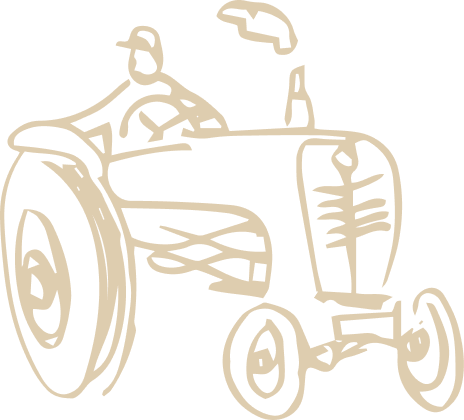FAQs
LAMB
Tell us about Brookfield Farm lamb?
- Brookfield Farm lamb is an artisan product, raised in a small flock and carefully reared
- Our lamb is free-range and grazes on lakeshore pastures sown with organic grass seed and clover
- We supplement the grass with a little barley in winter
- Our lamb is fully traceable and locally slaughtered by a traditional craft butcher
- Unlike supermarket meat, our lamb is hung on the bone for a minimum of 7-10 days, ensuring delicious tenderness and flavour
- Our farm is part of agri-environment scheme AEOS
- Our passion for farming sustainability and a thriving countryside with rural collaboration drives us
- Buying lamb direct from Brookfield Farm means less food miles
- You save by buying direct from Brookfield Farm
When does your season start and finish?
Brookfield Lamb season starts in early August and continues through to the end of the winter, or when stock runs out. Lamb is a seasonal product and depending on the time of year, the product will change. The colour and flavour of the flesh will depend on where the sheep were raised. Spring Lamb (or new Season Lamb) is lamb under 1 year old. When lamb passes its first birthday, it is termed hogget, and at this age can make excellent eating. It’s darker in colour and richer in flavour, with a heavier fat covering. The lamb from Brookfield farm varies from 5 months to one year – meaning the meat is tender and yet has a terrific depth of flavour.
Can we visit your lambs?
We love showing our farm and lambs to visitors. Some lambs are very friendly and run up to greet you. Contact us for the next visiting day.
What do your lambs eat?
Our lambs graze mostly grass and clover, we feed a little supplementary barley in winter. They also forage herbs in the hedgerows and Lough Derg lakeshore – sorrel, water mint and other herbs which gives Brookfield lamb its distinctive flavour.
What is the "carcass weight" for a half lamb and a full lamb?
The carcass weight is based on the cold weight of the lamb 12 or more hours after processing by the craft butcher, which is about 9-12 kgs for a half lamb and 22-25 kgs for a whole lamb.
Hiveshare
Why Hiveshare?
- Hiveshare makes a great present for all occasions – Christmas, Birthdays, Weddings… or just to say you are thinking of someone.
- Hiveshare is an experience that lasts all year. And you get your honey too!
- Enjoy the flavour and health benefits of pure, cold filtered raw Irish honey
- Our bees forage on trees and wildflowers; the farm’s acres of woodland are filled with bee-friendly trees and our acres of bee-meadows are colourful with wildflowers
- Help bees and crop pollination
- Protect bees by contributing to safe sanctuaries where they can live, feed and produce healthy hives and honey
- Introducing a community-supported agriculture model for honey
- Brookfield Farm are committed to the natural management and treatment of honey bees to extract high quality honey and beeswax
- Support traditional old style, natural farming methods.
- Help young apiarists learn beekeeping skills, support the future
- Help us help the most important insect on our planet – No bees, no food!
Brookfield Farm Principles
- We love bees
- We are led by the life and needs of the colonies who call our farm home.
- We give our bees their own honey during the winter. (Only if they run out we feed additionally)
- Our happy healthy colonies of bees produce the finest raw honey rich in minerals, pollen and propolis.
- Award winning honey! Blas na hEireann national finalists.
- Our honey is cold-filtered (never heated) to preserve the delicate flavour, enzymes, proteins and anti-oxidants.
- Our hives produce honey and wax harvested from clean wax comb
What is included in a Brookfield Farm Hiveshare?
- Choose your Hiveshare level – Bee Friend, Bee Supporter or Bee Champion
- Get your beautiful giftbox with sample hive products and Hiveshare certificate along with your honey of course (amount depends on Hiveshare option chosen, see below)
- Read seasonal updates and information on your beehive from us direct to your email
- You will receive an invite to our wonderful Honey Celebration – visit the farm and view the apiaries







